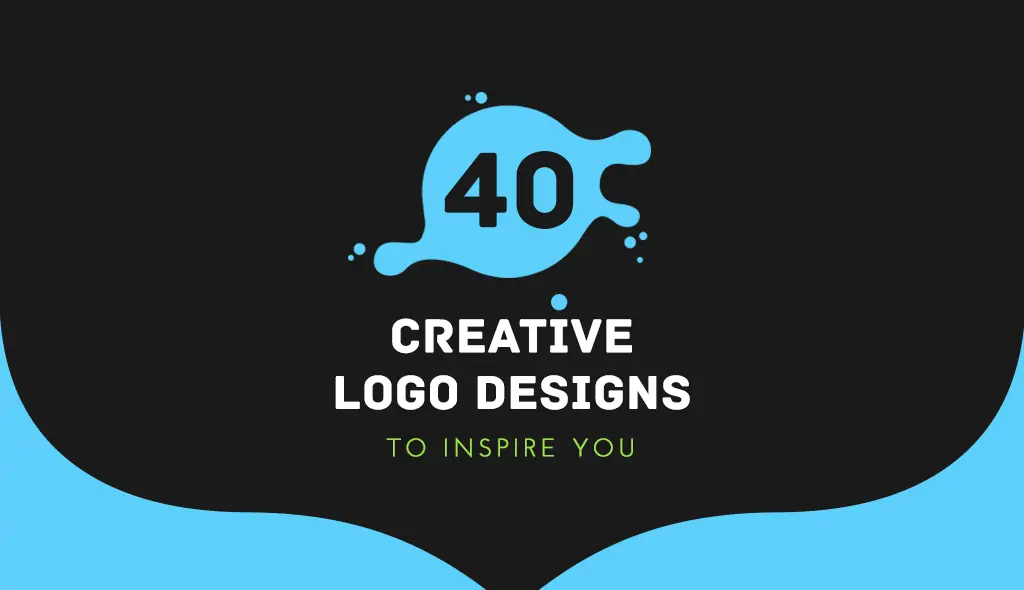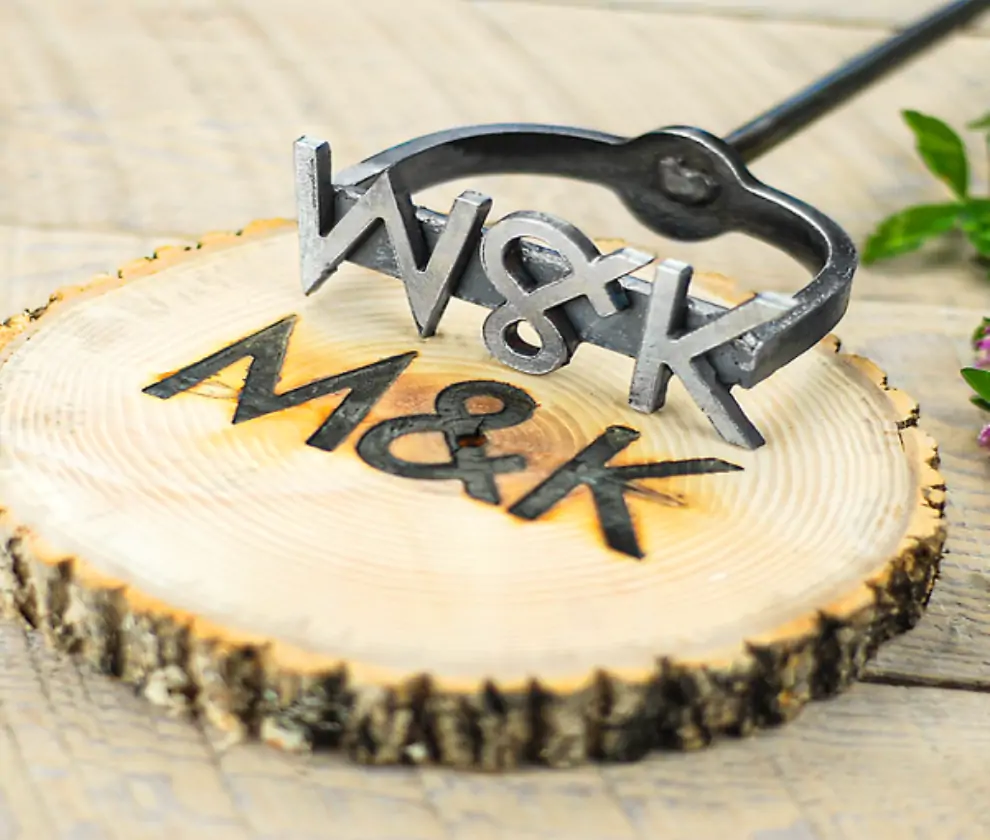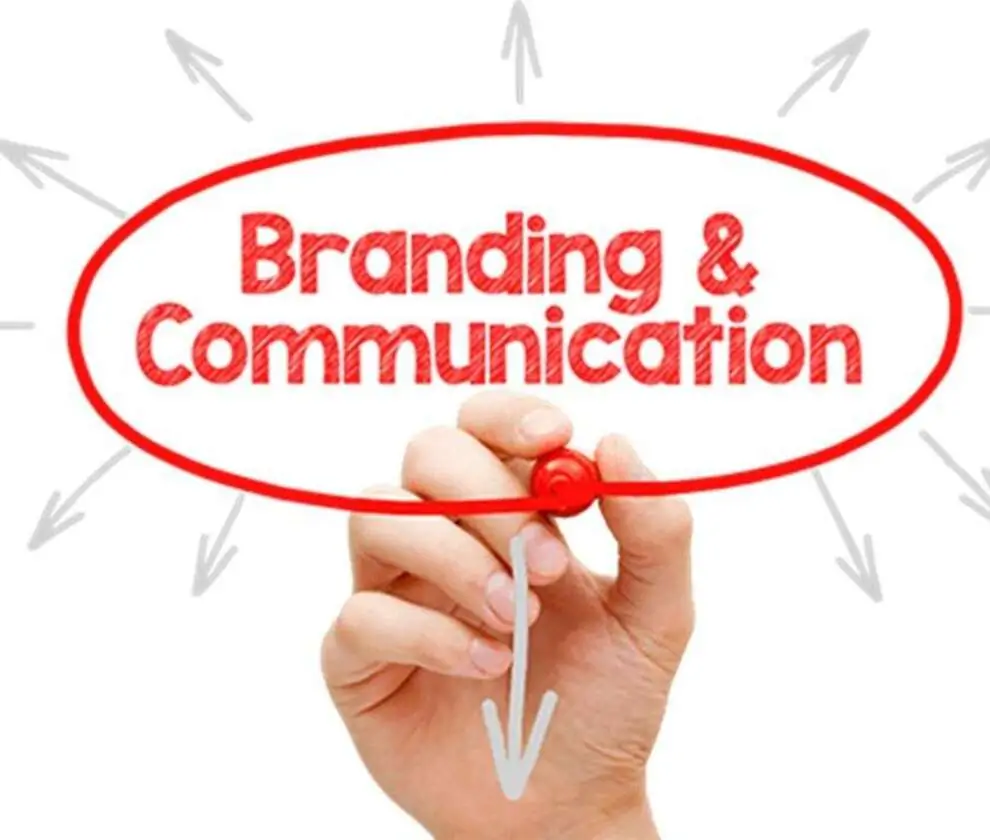
Navigating Scalability for Clear Impact in Creative Logo Design
In the ever-evolving landscape of brand identity, a well-crafted logo stands as a cornerstone, embodying the essence of a brand in a visual symphony. The process of creative logo design is a meticulous endeavor that goes beyond mere aesthetics, integrating strategic thinking, artistic finesse, and practical considerations. This article delves into the intricacies of creative logo design, exploring its multifaceted nature and emphasizing the practical aspects that make a logo not only visually appealing but also a versatile and enduring representation of a brand.
Simplicity: Crafting a Lasting Impression:
At the core of every memorable logo lies simplicity. Practicality demands that a logo be easily recognizable and scalable. A simple design ensures clarity, allowing the logo to maintain its impact across various applications, from business cards to billboards. The iconic Apple logo is a testament to the power of simplicity, resonating with consumers worldwide through its clean and straightforward design.
A logo’s journey from a pixel to a printed masterpiece is a testament to its scalability—a journey that ensures clarity and impact remain unwavering.
– Lauren Vortex, Logo Evolutionist, 2023
Relevance to Brand Identity: A Visual Manifestation:
Creative logo design is a visual manifestation of a brand’s identity. The logo must encapsulate the brand’s values, personality, and industry relevance. Consideration of the target audience ensures that the logo not only appeals to the intended market but also establishes a meaningful connection. Nike’s iconic swoosh, representing movement and energy, perfectly aligns with the brand’s athletic identity, making it instantly recognizable and synonymous with sports excellence.
Versatility: Beyond Digital Borders:
In the digital age, practical logo usage demands versatility. A well-designed logo should seamlessly transition across various mediums, including websites, social media, print materials, and merchandise. Versatility ensures that the logo remains effective regardless of the platform, fostering brand consistency. The McDonald’s golden arches exemplify this adaptability, effortlessly translating across diverse applications while maintaining brand coherence.

Color Palette: Conveying Emotions Through Hues:
Colors evoke emotions and play a pivotal role in logo design. While a vibrant color palette can infuse energy, practicality dictates that a logo remains impactful even in black and white or grayscale. This consideration ensures that the logo maintains its effectiveness in scenarios where color reproduction may be limited, such as newspaper advertisements or faxed documents. The Coca-Cola logo, with its distinctive red and white scheme, epitomizes the emotional resonance achieved through a well-chosen color palette.
Typography: A Written Expression of Identity:
When text is incorporated into a logo, typography becomes a critical element. Practicality demands legibility, especially in scenarios where the logo may appear in small sizes or on fast-moving platforms such as videos or animations. The FedEx logo, with its subtle arrow cleverly integrated into the lettering, showcases how typography can convey both brand identity and hidden messages, capturing the viewer’s attention.
Scalability: From Billboards to Favicons:
A practical logo design ensures scalability, maintaining clarity and impact across various sizes. Whether on a towering billboard or a diminutive favicon, a logo should scale seamlessly without losing its identity. The Twitter bird logo exemplifies this scalability, with its recognizable silhouette remaining intact whether viewed on a desktop screen or a mobile device.

Memorability: A Lasting Imprint:
Practicality extends to the logo’s ability to leave a lasting impression. A memorable logo is an asset for any brand, contributing to brand recall and recognition. The McDonald’s golden arches or the Nike swoosh are examples of logos that have transcended mere brand representation, becoming iconic symbols ingrained in popular culture.
Uniqueness: Setting the Brand Apart:
In a competitive landscape, a creatively designed logo sets a brand apart. Uniqueness ensures that the brand is easily distinguishable from competitors, contributing to long-term brand visibility and loyalty. The distinctive Apple logo, with its bitten apple icon, has become synonymous with innovation and quality, setting Apple apart in the tech industry.
A scalable logo is a visual ambassador—clear, impactful, and ready to represent a brand on any canvas, big or small.
– Emily Resolute, Visual Identity Architect
Adaptability to Trends: Balancing Timelessness and Relevance:
While a logo should have timeless elements, practicality involves a degree of adaptability to design trends. This doesn’t mean blindly following every trend but rather ensuring that the logo remains contemporary and relevant over time. Brands like Google demonstrate this adaptability, periodically refreshing their logo while retaining core elements, ensuring modernity without sacrificing brand recognition.
Creative logo design is a harmonious blend of art and science, weaving together visual aesthetics, strategic thinking, and practical considerations. A well-crafted logo transcends being a mere symbol; it becomes a timeless and adaptable representation of a brand’s identity. From simplicity to scalability, each element plays a crucial role in ensuring that a logo not only captivates the audience but also stands the test of time. In the dynamic realm of branding, a creative logo is not just a mark; it’s a visual journey that resonates with the audience, fostering a lasting connection between the brand and its consumers.




